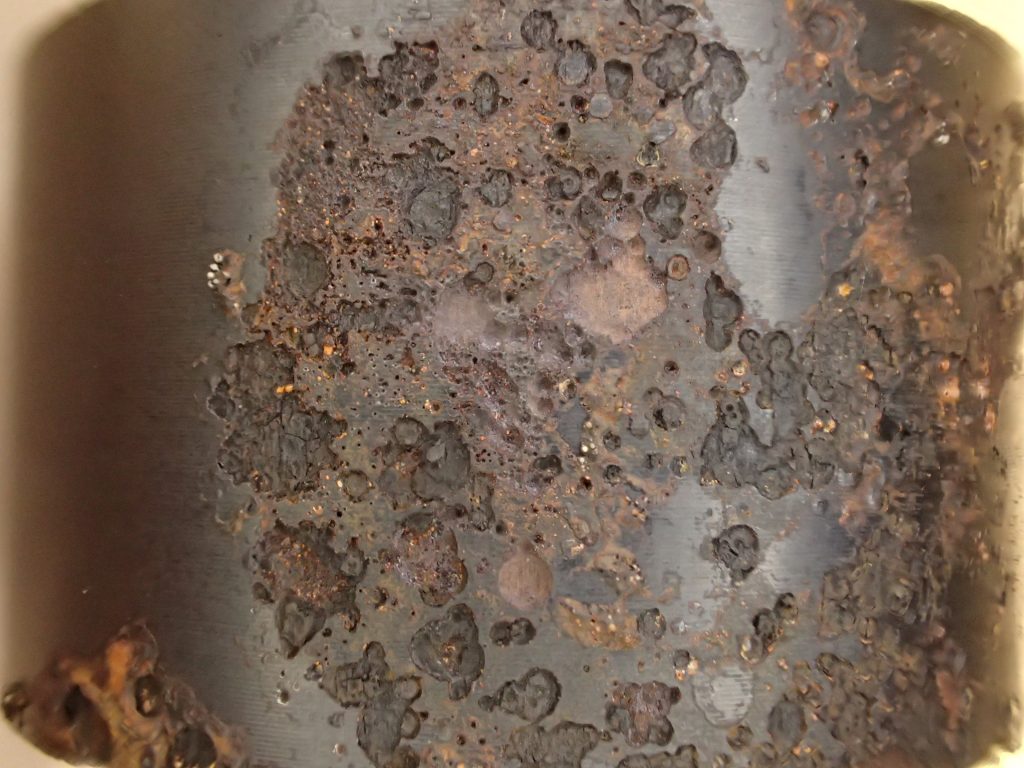We normally think of stainless steel as being impervious to corrosion. In reality, stainless steel is only really corrosion resistant if it’s properly made and treated correctly. Just like a loaf of bread can be dramatically affected by overheating or a tiny amount of salt or baking soda, metals are also highly dependent on proper production processes.
What causes sensitization of stainless steel?
Stainless steel becomes sensitized when the chemical composition is wrong and/or when the material is held in a range where chromium carbides form. For many common stainless alloys, the temperature range of sensitization is about 900 to 1,500 degrees Fahrenheit. When the stainless alloy is left in that range, the growth of chromium carbides at the grain boundaries leaves the adjacent areas low on chromium (which is the key to corrosion resistance). Rapid corrosion of these alloys is then possible – and suddenly stainless steel isn’t so stainless anymore!

How to test for sensitization of stainless alloys?
ASTM A262 is the most common test for sensitization, and there are five common versions within the method that are used. They range from metallographic analysis of the microstructure to immersion corrosion tests in various chemical solutions. We offer all 5 methods of ASTM A262, along the the expertise to help you understand and use the testing data. The image shown below is an example of ASTM A262 Method A testing, where the microstructure is analyzed for the presence of chromium carbides. We perform hundreds of these tests a year.
